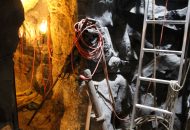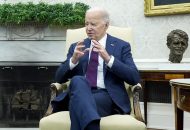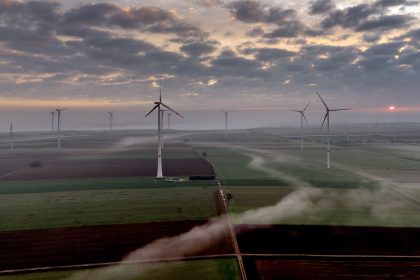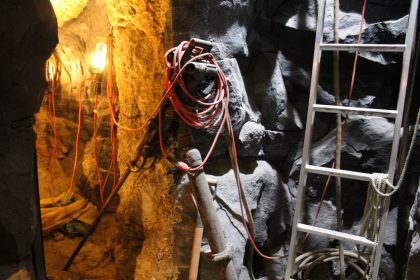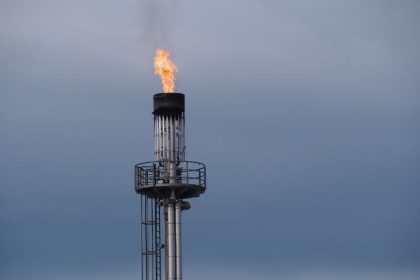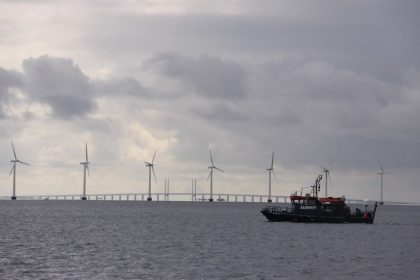Biden Administration Approves Nation’s First Major Offshore Wind Farm
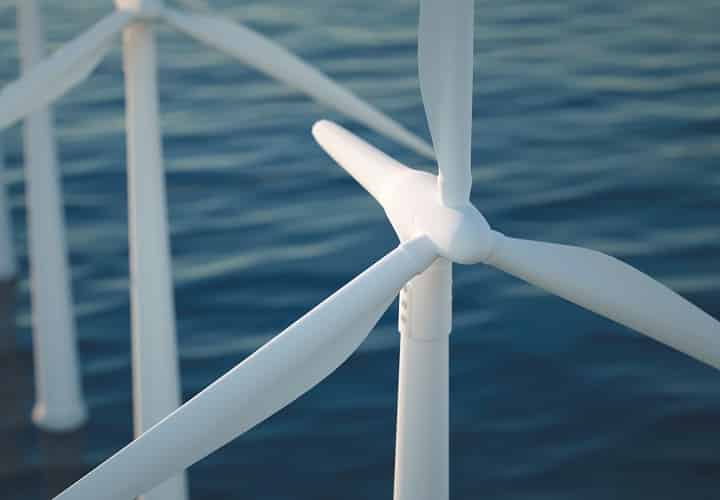
WASHINGTON – The Biden administration gave its final approval Tuesday to the construction and operation of the Vineyard Wind project — the first large-scale, offshore wind project in the United States.
The decision was announced by Interior Secretary Deb Haaland and Commerce Secretary Gina Raimondo.
The federal government has been evaluating the potential for developing wind energy facilities on the outer continental shelf off Massachusetts since 2009, when it formed an intergovernmental renewable energy task force.
The panel was composed of elected officials from state, local and tribal governments as well as staff from the Bureau of Ocean Energy Management and other federal agencies.
In announcing the decision, the administration said the 800 MW Vineyard Wind energy project will contribute to its goal of generating 30 GW of power from offshore wind by 2030.
The project will be located approximately 12 nautical miles offshore Martha’s Vineyard and 12 nautical miles offshore Nantucket in the northern portion of Vineyard Wind’s lease area.
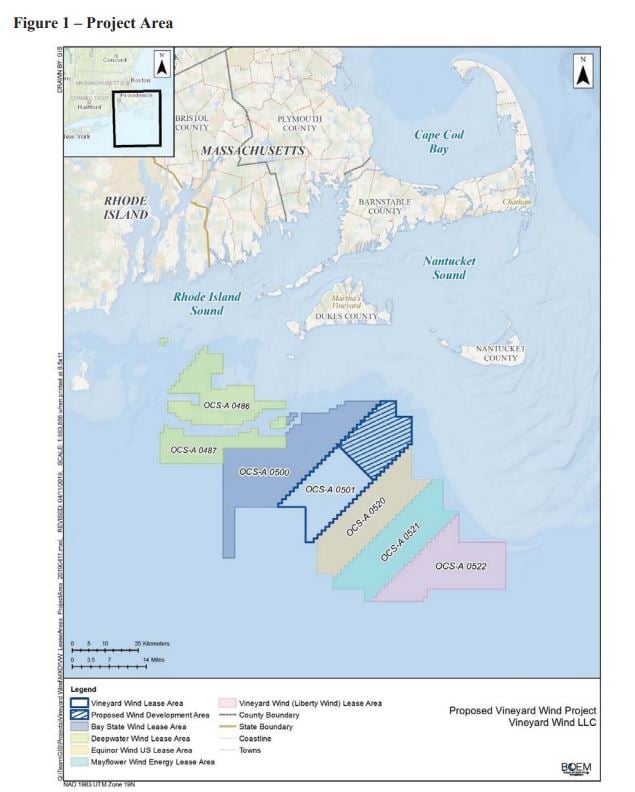
It will create 3,600 jobs and provide enough power for approximately 400,000 homes and businesses, officials said.
“A clean energy future is within our grasp in the United States,” Haaland said. “The approval of this project is an important step toward advancing the administration’s goals to create good-paying union jobs while combating climate change and powering our nation.”
“Today is one of many actions we are determined to take to open the doors of economic opportunity to more Americans,” she said.
“Today’s offshore wind project announcement demonstrates that we can fight the climate crisis, while creating high-paying jobs and strengthening our competitiveness at home and abroad,” Raimondo said.
“This project is an example of the investments we need to achieve the Biden-Harris administration’s ambitious climate goals, and I’m proud to be part of the team leading the charge on offshore wind,” she added.
Tuesday’s Record of Decision (ROD) grants Vineyard Wind final federal approval to install 84 or fewer turbines off Massachusetts as part of an 800-megawatt offshore wind energy facility.
The turbines will be installed in an east-west orientation, and all the turbines will have a minimum spacing of 1 nautical mile between them in the north-south and east-west directions, consistent with the U.S. Coast Guard recommendations in the Final Massachusetts and Rhode Island Port Access Route Study.
The ROD adopts mitigation measures to help avoid, minimize, reduce, or eliminate adverse environmental effects that could result from the construction and operation of the proposed project. These mitigation, monitoring, and reporting requirements were developed through input, consultation, and coordination with stakeholders, tribes, and federal and state agencies. For more information, please see appendix A of the ROD.
“This project represents the power of a government-wide approach to offshore wind permitting, taking stakeholder ideas and concerns into consideration every step of the way,” said Bureau of Ocean Energy Management Director Amanda Lefton.
“We will continue to advance new projects that will incorporate lessons learned from analyzing this project to ensure an efficient and predictable process for industry and stakeholders,” shesaid.
The ROD is jointly signed by and addresses permitting decisions by BOEM, U.S. Army Corps of Engineers, and the National Marine Fisheries Service within the National Oceanic and Atmospheric Administration.
Massachusetts Gov. Charlie Baker said he believes state residents should be proud the decision launches the first commercial-scale offshore wind project.
“This groundbreaking project will produce affordable, renewable energy, create jobs and prove Massachusetts developed a successful model for developing offshore wind energy. We appreciate the federal government’s partnership to grant this approval and look forward to working with Vineyard Wind to create thousands of jobs and set the Commonwealth on a path to achieve Net Zero emission,” Baker said.
Prior to construction, Vineyard Wind must submit a facility design report and a fabrication and installation report. These engineering and technical reports provide specific details for how the facility will be fabricated and installed in accordance with the approved Construction and Operations Plan.
“Today’s Record of Decision is not about the start of a single project, but the launch of a new industry,” said Vineyard Wind CEO Lars Pedersen.
“Receiving this final federal approval means the jobs, economic benefits and clean energy revolution that have been long talked about can finally come to fruition. It’s been a long road to get to this point, but ultimately, we are reaching the end of this process with the strongest possible project. I want to thank BOEM, the Department of Interior and the Biden administration for their efforts in finalizing the review of this project.
“I also want to thank Governor Baker, the Massachusetts federal delegation and State Legislature for their steadfast commitment to seeing this endeavor through to today. And of course, I want to extend my sincerest appreciation to all our supporters and stakeholders for all of their work, input and dedication. We could not have reached this milestone without you,” Pedersen said.














